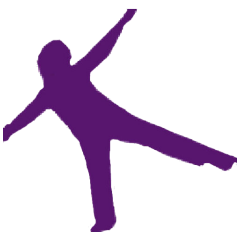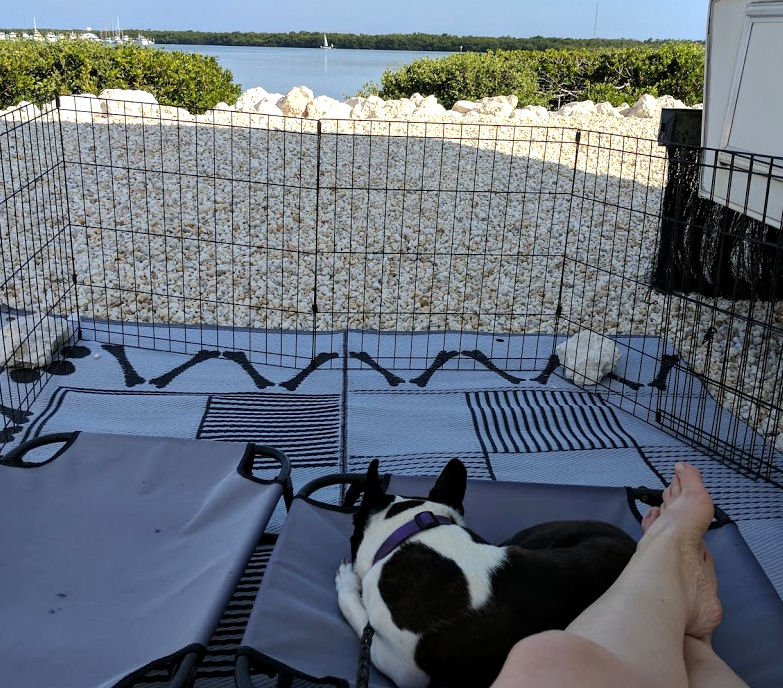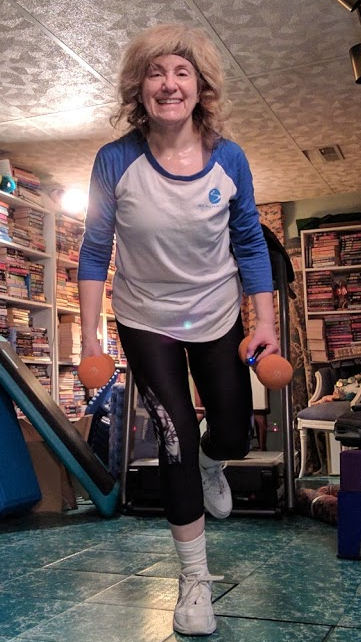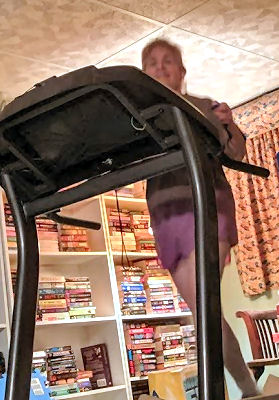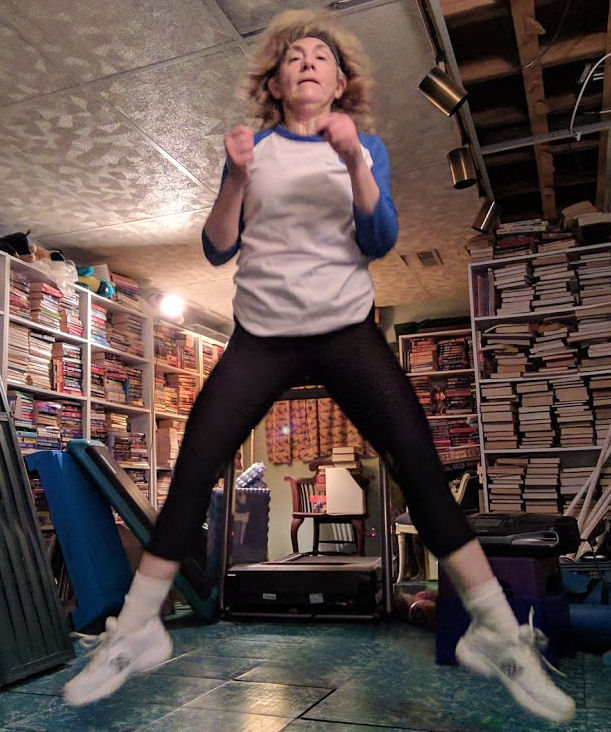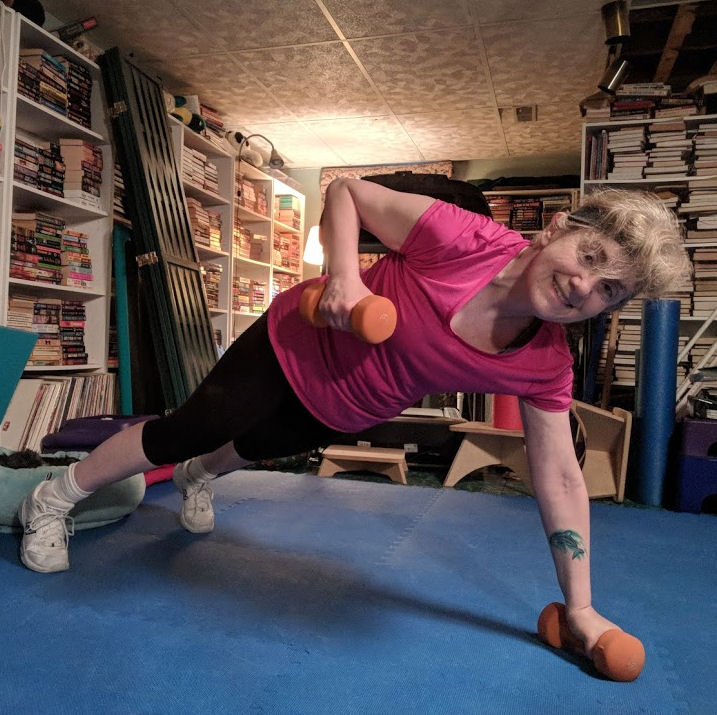You know that I don’t like to work out. I’ve said it before and I’ll most likely say it again. If I didn’t have to do it, I wouldn’t. So how do I motivate myself to work out?
I’ve talked about getting motivated before, about losing motivation, about getting motivated to start exercising, but I’ve been at this a while. What does it take to get me off the couch?
There are 3 things I think about when I need to get myself motivated:
1. It’ll be over before I know it.
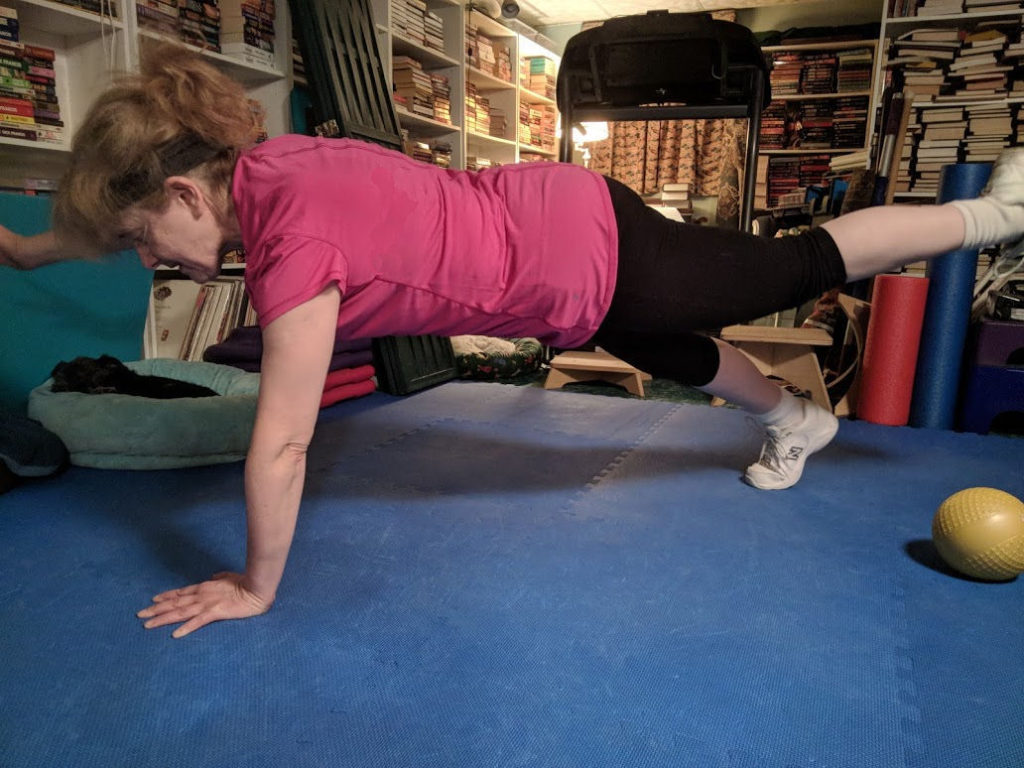
Once I start, I know that it’ll be over. 45 minutes is nothing. Some workouts are just 30 minutes. Once I push “play,” I let the instructor take over my brain. I release all thought and simply focus on the moves.
Unless the dogs get into it. Then I push “pause” and deal with them. Then I push “play” again.
The exercise programs I choose usually have very upbeat music, so it’s easy for me to get lost in the music and the movements and just concentrate on holding my stomach in, keeping my back straight, using the proper muscles – the workout itself.
2. If I don’t workout, then I’ll have to …
I know that I’ll feel guilty if I don’t work out, so I tell myself that if I don’t work out, I’ll have to do something that I don’t want to do even more. Like cleaning out the pantry. Or my desk. Something even lower on my list of things I don’t like to do.
In this case, exercising is the lesser of 2 evils. So I exercise.
3. That shower is going to feel so good!
The third thing I say when I want to motivate myself to work out is to promise myself a reward. Yes, that steamy shower with the fragrant body wash is a reward. It’s the incentive I give myself for getting as sweaty as possible. Any reward will do, but it’s a reward I give myself almost every day so I can’t go too crazy!
And that’s how I motivate myself to do something I really don’t want to do. Easy.
